A plant like Thuja is also called the "life tree". It is directly related to the genus gymnosperms conifers of the juniper family, for example, such as sequoia, cypress, juniper, taxodium and cypress. Thuja came to European countries from America or East Asia. The Latin name for such a plant has an ancient Greek root, which means "incense", "sacrifice". This indicates a connection between the name of thuja and the fact that some aromatic species of this plant are ritually burned as incense. This genus unites 6 species. Each such plant can, on average, live up to 150 years, but there are also older specimens. Several types of thuja and about 120 varieties of this plant are cultivated, which differ in quality and color of needles, and their crowns can be of different shapes. In landscape design, such plants are cultivated as tapeworms or in a group, and they are also decorated with borders and alleys. Thuja is also suitable for creating hedges.
Content
Thuja features
Thuja is represented by evergreen trees or shrubs. In natural conditions, their trunk diameter can be equal to 6 meters, and the height - 70 meters. In horticulture, the height of this tree, as a rule, does not exceed 11 m. In young specimens, soft, needle-like needles have a pale green color. At the same time, in older specimens, the needles are scaly, oppositely opposite, and it has a dark green color. In such monoecious plants, the fruits are represented by small cones that have an oblong or oval shape, while their seeds are flat. Ripening of seeds occurs already in the first year. This plant is undemanding to care for and is resistant to cold and smoke. And western thuja is able to withstand frosty winters.
Planting thuja in open ground
Boarding time
Before proceeding with the actual planting, you need to choose the site that is best suited for this plant. Such a tree loves light, but at the same time it is harmful for it to be exposed to the direct rays of the sun throughout the day.The fact is that this contributes to the dehydration of the plant and leads to the fact that it tolerates wintering much worse. In this regard, the best option for thuja is a well-lit place, however, at noon, when the sun is most active, it should be in the shade. It should also be remembered that such a tree reacts negatively to drafts. Experts advise choosing nutrient-rich soil for such a plant. So, sod land is perfect, to which peat and sand should be added. But not too rich soil (sandy loam, swampy or clay) is also suitable for growing. It is possible to plant thuja in open ground both in spring and in autumn. But at the same time, it should be borne in mind that in the autumn time the plant may not have time to get stronger and therefore will endure the winter poorly.
How to plant thuja
The size of the planting hole directly depends on the size of the root system of the seedlings taken with a lump of earth. So, the depth of the fossa should be 15-30 centimeters larger, and its width by 35-40 centimeters. When planting several seedlings, the size of an adult specimen affects the distance between them and can vary from 100 to 500 centimeters. If the plant is planted along the alley, then the distance between them should vary from 350 to 400 centimeters. At the bottom of the planting hole, soil should be poured, which must be mixed with a not very large amount of rotted manure or compost. Before planting thuja, its roots should be immersed in water. And you need to pull them out only when air bubbles stop coming out to the surface of the water. Then the seedling is lowered into the hole and set exactly in its center. After that, the root system straightens out, and you also need to pay attention to the fact that the root collar of the seedling should rise slightly above the soil surface. After that, you should hold the tree with one hand, and fill the hole with a good soil mixture with the other. Then it is good, but at the same time gently tamp it, try not to damage the base of the trunk. After that you need to water the thuja, using 15–20 liters per instance. After the liquid is absorbed into the soil and it settles a little, its surface will need to be covered with a layer of mulch (peat, pine bark, wood chips or compost). Mulch will significantly slow down the evaporation of moisture from the soil, as well as protect the plant's root system on too hot or too cold days. But it should be borne in mind that the mulch should not fall either on the branches located at the very bottom, or cover the trunk, since in these places the thuja can begin to sweep.


Watch this video on YouTube
Thuja care in the garden
Watering
Such a plant loves moisture and reacts positively to the sprinkling procedure. After the plant is planted, in the first weeks, watering should be done weekly, while 1 to 5 buckets of water are used for 1 copy (depending on the size of the tree). Sprinklers are especially beneficial for young trees, for example, the soil and roots are saturated with water, and impurities are removed from the needles, which greatly improves the respiration of the plant, and it not only looks much better, but also grows and develops much faster. Since the roots of this tree are superficial, the loosening of the soil surface, which is recommended after each watering, should be done to a depth of no more than 8-10 centimeters.
Top dressing
In spring, the plant needs feeding and for this it is recommended to use a complex mineral fertilizer, for example, a solution of Kemira-universal (for 1 square meter from 50 to 60 grams). In the event that fertilizers were introduced into the soil during the planting of the seedling, then the next time you need to feed the plant no earlier than in a couple of years.
Pruning
This plant reacts very well to pruning. So, if you cut it often and hard, then it will become very lush and thick.Pruning can be done at any time, but it is best done in the spring, before the buds begin to open. In the event that this tree is grown as a hedge, then it must be cut off without fail and this should be done systematically. If the thuja grows as a single plant, then it will still need thinning pruning, as well as sanitary ones. In the same case, when these plants are cultivated in a group, they need formative pruning, otherwise they can get an unsightly sloppy appearance. You need to start shaping the crown only when the thuja grows to the size you need. In some cases, the thuja may need only one haircut, which should be done in spring, but in August or September, most often the plant has to be cut a second time. There are varieties that require relatively frequent formative pruning, but this should be taken into account so that the tree does not weaken, you do not need to prune more than 1/3 of the stem at a time. Thuja undergoes the first pruning only after the tree reaches two or three years of age. For pruning, you will need a very sharp and powerful secateurs, so, in no case should it chew the stems.
Transfer
There are times when it is simply necessary to transplant an already adult thuja. Such a plant can be transplanted quite easily, but you need to know a few fairly simple rules. If the tree is not very large, then around it it is necessary to pierce the soil with a sufficiently sharp shovel, while the trunk must be retreated from 0.4 to 0.5 meters. Then you need to carefully pry off the tree and pull out the root system along with the tree trunk. After that, the plant must be moved to the planting site with the help of a wheelbarrow, while you need to try so that the clod of earth does not collapse. Then the thuja immediately lands in a new place. If the tree is relatively large, then it should be pierced in advance, or rather, 12 months before transplanting. The fact is that during this period the plant will be able to grow young roots inside a clod of earth, which was limited to a "circle". As a result, the soil will not crumble during the transportation of the tree, and the transplant for the thuja will be completely painless. This tree will take root quite easily and quickly after transplanting.
Diseases and pests
Plants infect such fungal diseases as fusarium, brown shute and cytosporosis. They are capable of damaging both stems and needles. In order to cure the thuja, it is treated with Cartocide or Bordeaux liquid. A diseased plant must be sprayed from the beginning of the spring. Treatments are carried out 2 times a month until the thuja recovers.
Aphids and false shields are capable of settling on this tree. After this happens, the needles will begin to change their color to yellow, and then die off. To get rid of pests, it is recommended to use Rogor, Karbofos or Decis, while closer to the end of June it is necessary to carry out 2 treatments with Chlorophos or Aktellik, with the interval being 14 days.
Reproduction of thuja
For reproduction, both vegetative and seed methods are used. In the event that the plant is species, then seeds are quite suitable for its reproduction. However, varietal and shaped plants should be propagated only by vegetative methods, which include: bush division and cuttings. The fact is that the seeds of such plants do not retain the varietal characteristics of the parent plant.
Thuja propagation by cuttings
In order to propagate such a plant by cuttings, cuttings should be prepared in June. To do this, lignified stems are cut that are 2 or 3 years old, while their length can vary from 25 to 40 centimeters. You can also use those stems of the current year that are semi-lignified, while their length varies from 10 to 20 centimeters. Cuttings should not be cut, but pulled out with a heel.The place of separation from the parent plant should be treated with a Heteroauxin solution. Then the cutting should be planted, deepening it by 15–25 mm. For planting, an earth mixture is used, consisting of peat, sod land and sand, taken in a ratio of 1: 1: 1. It must be disinfected and a tepid solution of potassium manganese is used for this. The handle must be covered with polyethylene film. Only after the cuttings are completely rooted, they should be aired and hardened. After some time after this, the shelter is removed for good. In late autumn, these plants should be covered with sawdust, dry leaves or spruce branches. After the air temperature drops to minus 5-7 degrees, then a film should be placed on top of the shelter.


Watch this video on YouTube
Growing thuja from seeds
Growing from seeds is a rather lengthy process, so it can take 3-5 years. Only freshly harvested seeds are suitable for sowing. Previously, they must be subjected to natural stratification, for this they are placed under the snow on the street or on the shelf of the refrigerator, where they must stay from autumn to spring. Sowing is carried out in the spring in open ground, while a place in partial shade is selected. Seeds are buried on the floor a centimeter deep, and on top of them a relatively thin layer of sawdust of coniferous trees should be poured. After that, the beds must be covered from direct sunlight and shields are used for this, while making sure that the soil is constantly loose and slightly damp. When the seeds germinate, the surface of the garden bed must be covered with peat. 1 time in 2 weeks it is necessary to apply a solution of complete mineral fertilizer to the soil. At the end of the first season, the height of young tui will be 7–8 centimeters. Before the onset of winter, these plants need to be covered with spruce branches, on top of which a film is laid. With the onset of the spring period, the shelter must be removed and it is necessary to continue to care for the young thujas in the same way as in the first year of their life (watering, weeding, feeding and mulching). Only in the third spring, after the height of the trees is equal to half a meter, it will be necessary to transplant them to a permanent place.
Thuja in the winter in the country
Fall
In autumn, you should stop both watering the plant and applying fertilizers to the soil. The point is that it must prepare for the coming winter.
How to cover thuja
Young trees less than 5 years old should be covered with spruce branches. But before the plant can be sheltered, it should be highlighted, and the trunk circle should be sprinkled with a thick layer of mulch (peat). It is not necessary to cover adult specimens for the winter, however, it is necessary to sprinkle the trunk circle with mulch.
Wintering thuja
In the event that the winter period is characterized by heavy snowfalls, then this can cause injury to the branches of the plant, even in mature and sufficiently powerful trees. To avoid this, in autumn, the crown of the plant is tied with twine. At the end of February, a non-woven covering material should be thrown over the tree, which will help protect it from too intense spring sun. In some cases, cracks appear on the bark, this is due to a sharp change in temperature. In springtime, they should be putty with garden pitch, while the bark must be well pulled together so that the wounds can heal.


Watch this video on YouTube
Types and varieties of thuja with photos and descriptions
Thuja western (Thuja occidentalis)
Western thuja is the most common cultivated species of this plant. In gardens, alleys, parks and squares, you can see a large number of varieties and varieties of this species. In European countries, it began to be cultivated in the 16th century. The tallest representatives of this species grow up to 8–12 meters. This plant is a long-liver of the plant world, so it can live up to 1 thousand years.While the plant is young, its crown has a pyramidal shape, but over the years it becomes ovoid. Thuja cone-shaped, kegle-shaped or columnar forms are most often used for landscaping. For instance:
- Brabant - the height of such a plant varies from 15 to 21 meters, and its diameter is 3–4 meters. The crown is conical. The bark is light red or brownish-gray, flaking. There are green scaly needles. Light brown buds reach 1.2 centimeters in length and have an oblong-ovoid shape.
- Emerald - such a squat variety in height can reach 200 centimeters. This weakly branching plant has a conical crown. The stems are placed vertically, and on them are shiny evergreen branches that are far apart from each other. This variety is quite popular with gardeners.
The most popular among thuja with a spherical crown are such varieties as:
- Danica - this dwarf form is the result of the work of breeders in Denmark. The peeling bark is colored light red or brownish gray. Scaly green needles are soft, thick and glossy, in winter they have a light brown tint.
- Woodwardy - dwarf variety with a spherical crown. Its height does not exceed 2.5 meters, while the diameter of the crown can reach 5 meters. The branches and stems of this variety are straight and flat. The needles are colored dark green.
Also in culture there are varieties with a threadlike, cascading crown, for example, Filiformis. Plant height is not more than 150 centimeters. It has a wide conical or dense rounded crown. Hanging stems are long, threadlike, weakly branching. Young needles have a pale green color, in winter they have a brownish tint.
More recently, the heather-like form of such a plant has been born, for example, Erikoides. The height of such a plant does not exceed 100 centimeters. Outwardly, it looks like a juniper. The wide-conical multi-vertex crown is rounded. Many thin, resilient stems can be curved or straight. The subulate needles are rather soft. In the upper part of the plant, it is painted in a matte greenish-yellow color, and in the lower part in greenish-gray.
There is also a variety with 2 types of needles (scaly and acicular) on the same plant. Such a plant has a rather bizarre crown. So, after the plant turns 8-10 years old, it is divided into several peaks, it seems as if there is not one thuja in front of you, but several.
Thuja folded (Thuja plicata)
This is also called giant. It can be found in natural conditions along the Pacific coast. This species is the most mountainous. The height can reach 60 meters, while the trunk diameter is 3-4 meters. But in culture, the tree is not so tall. The plant has several ornamental varieties and the most popular is Zebrina.
Thuja Korean (Thuja koraiensis)
This is a wide shrub or tree, whose height is 9 meters. There is a very effective whitish needles, almost silvery. The tree must be covered for the winter.
Thuja Japanese (Thuja standishii)
Originally from the mountains of Central Japan. In nature, it reaches a height of 18 meters. The crown is wide, cone-shaped. The bark is copper-red. The lower part of the branches has a silvery color. If you grind them, you can smell the lemon and eucalyptus caramel. Plant growth is rather slow in areas with cool climates, while in warm areas it is much faster.
Thuja orientalis (Thuja orientalis), or flattened (Platycladus)
This plant is classified as a subgenus of biota, while it is considered its only representative. In natural conditions, it can be found in China, while it has been cultivated in Central Asia for several centuries. It is a spreading tree or a large shrub with an openwork crown. There are about 60 garden forms, but they are all frost resistant.


Watch this video on YouTube

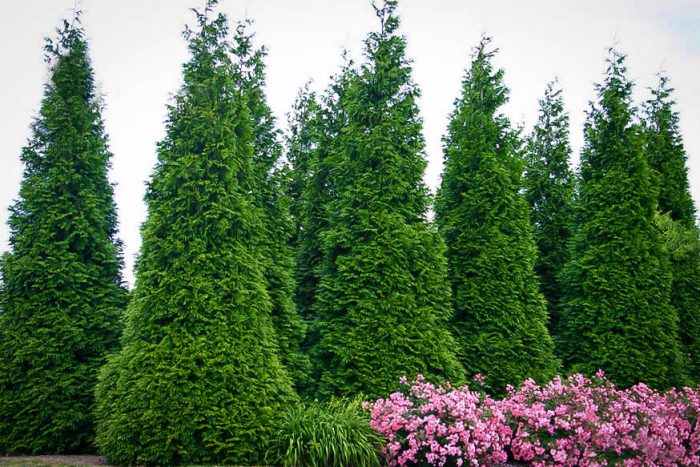

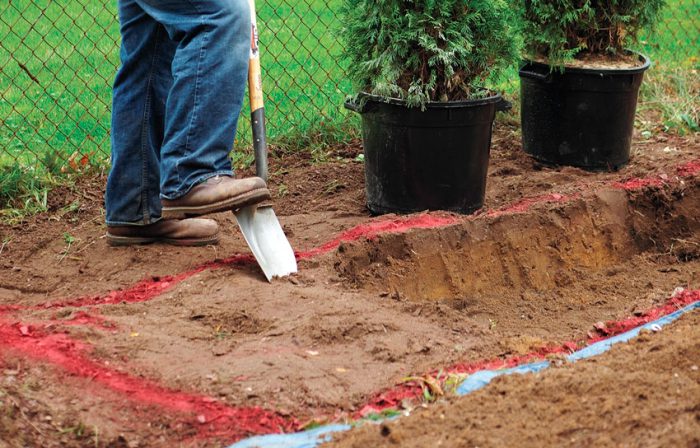
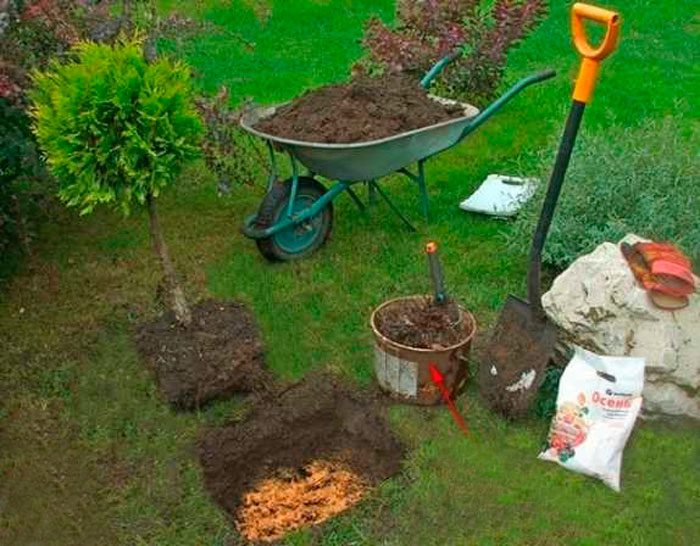

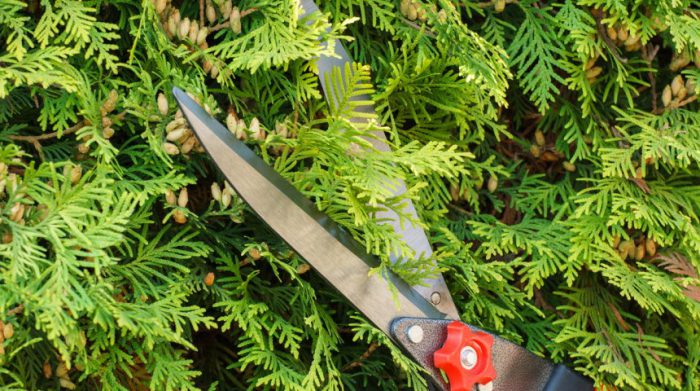

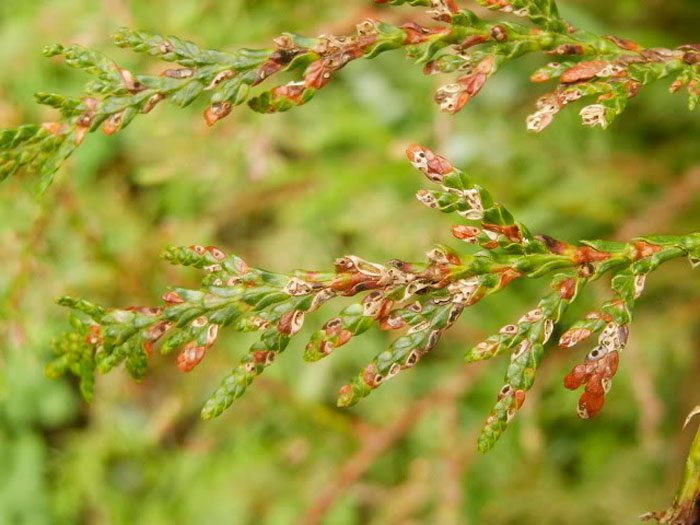

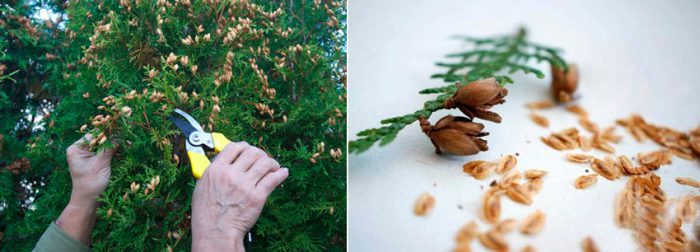

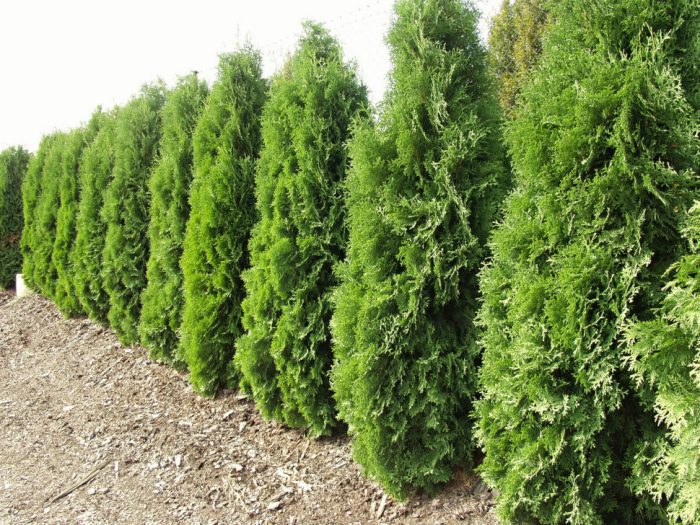
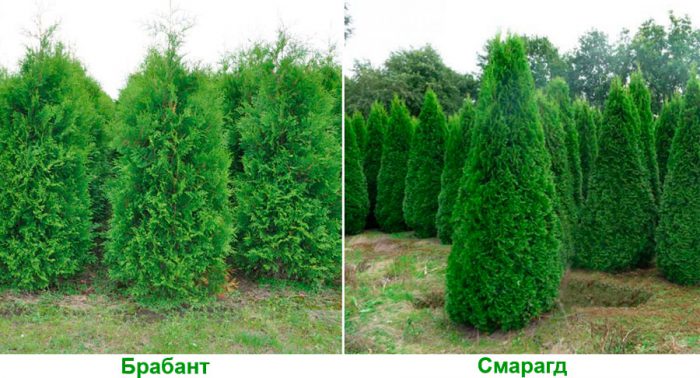
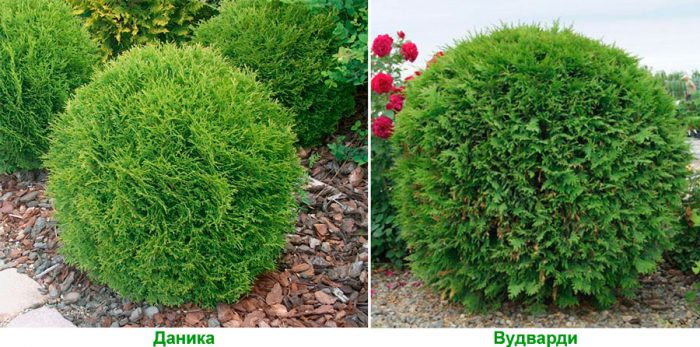
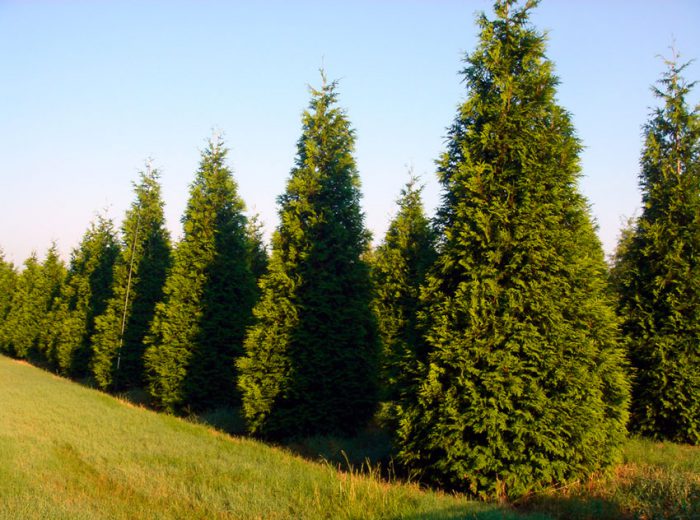
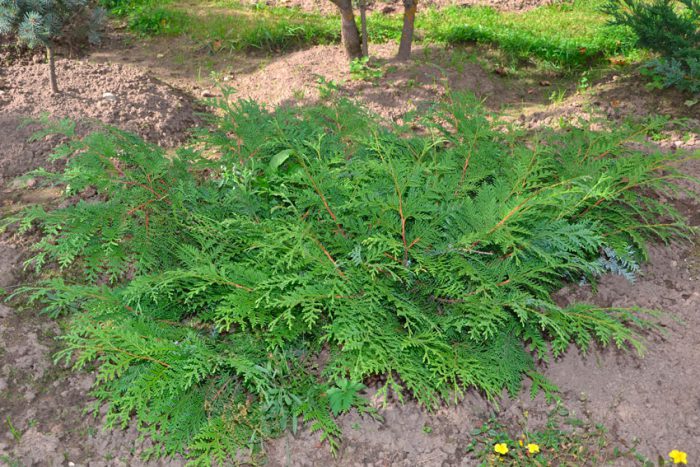
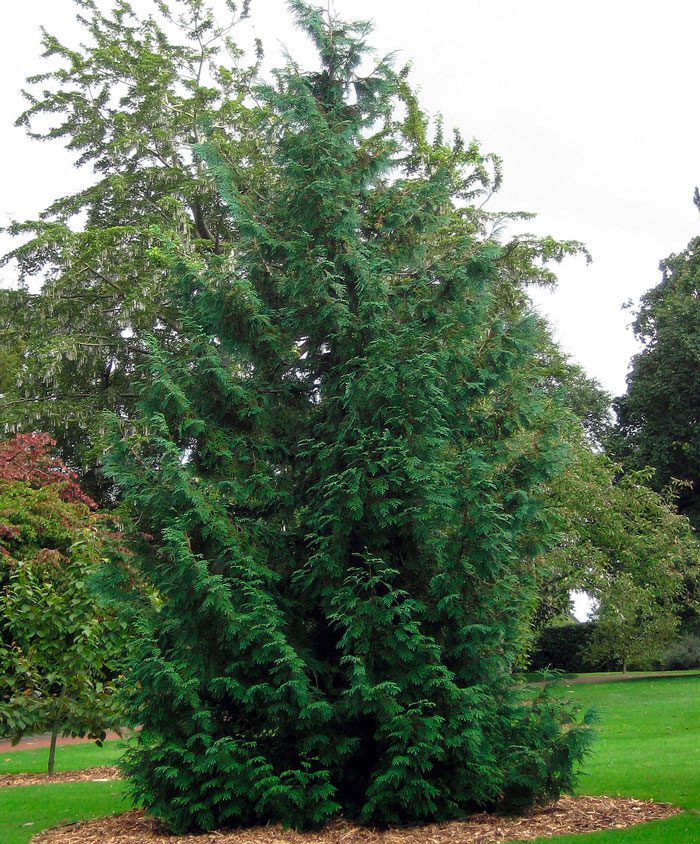
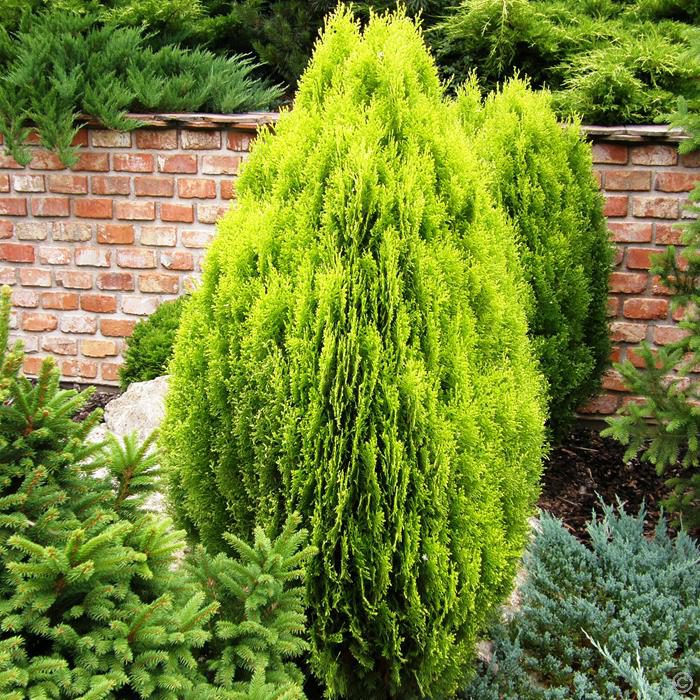








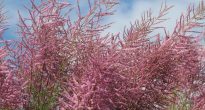

Informative article, honestly!
This thuja is a very beautiful plant, and the smell in the garden will melt when thuja appear - just space
Simple and clear) thanks